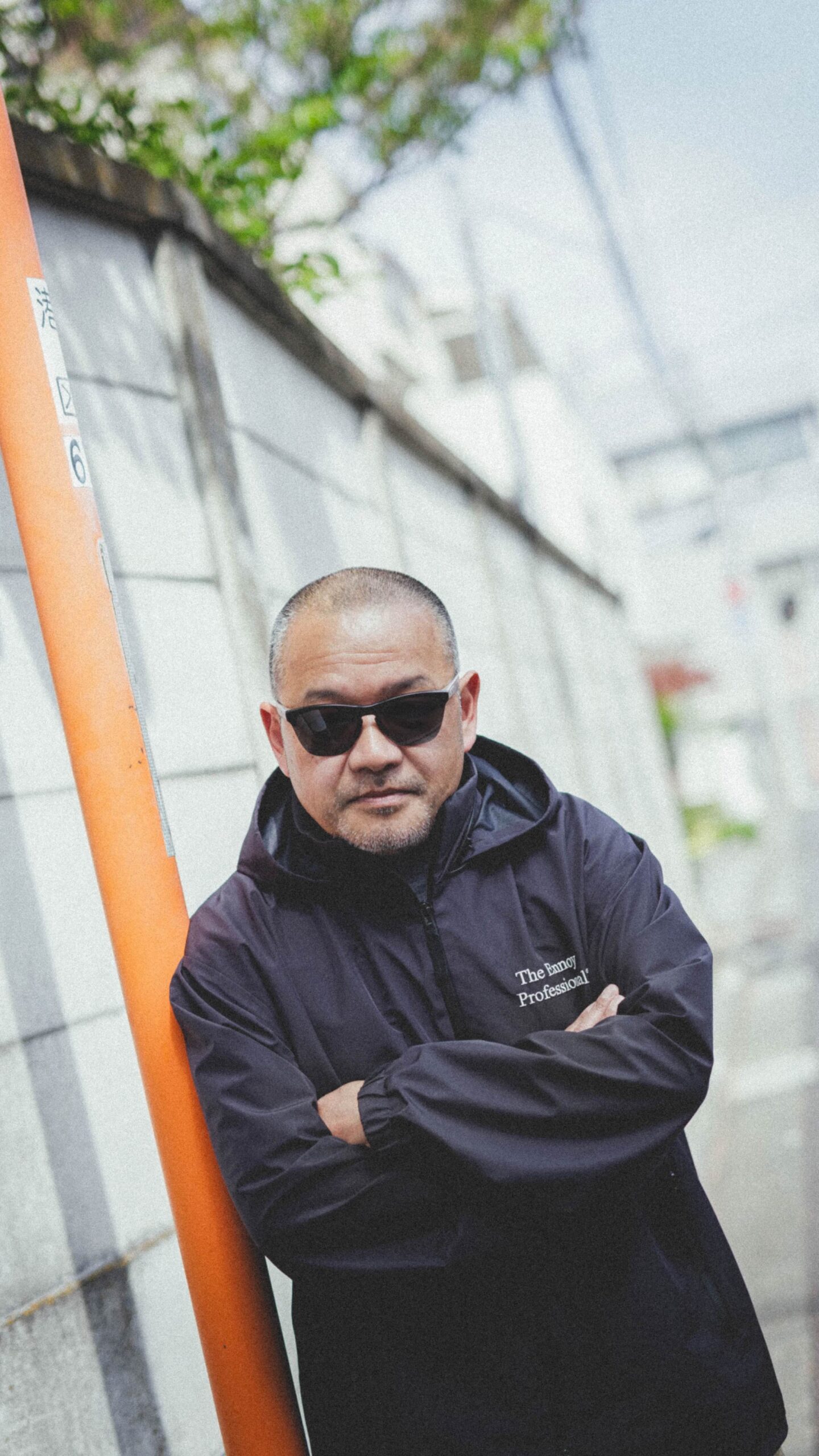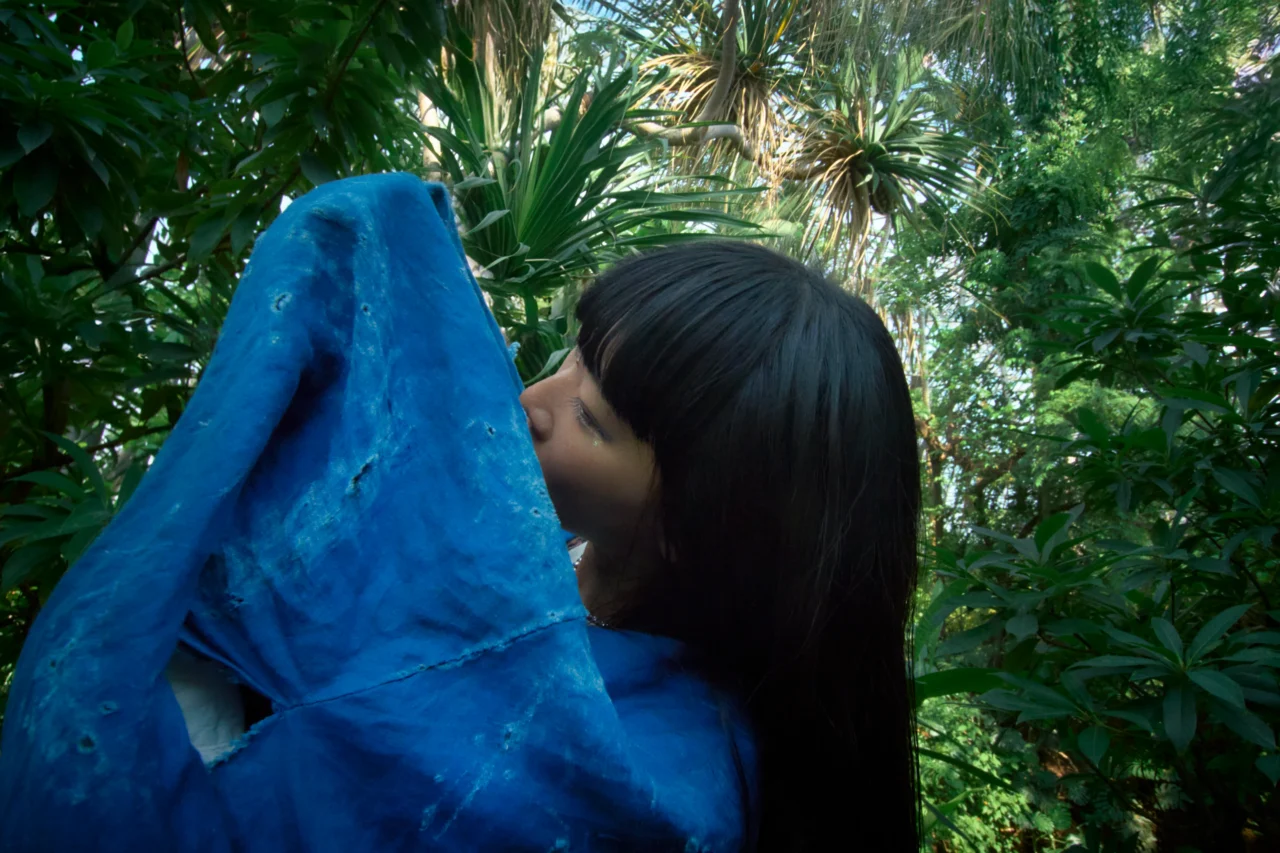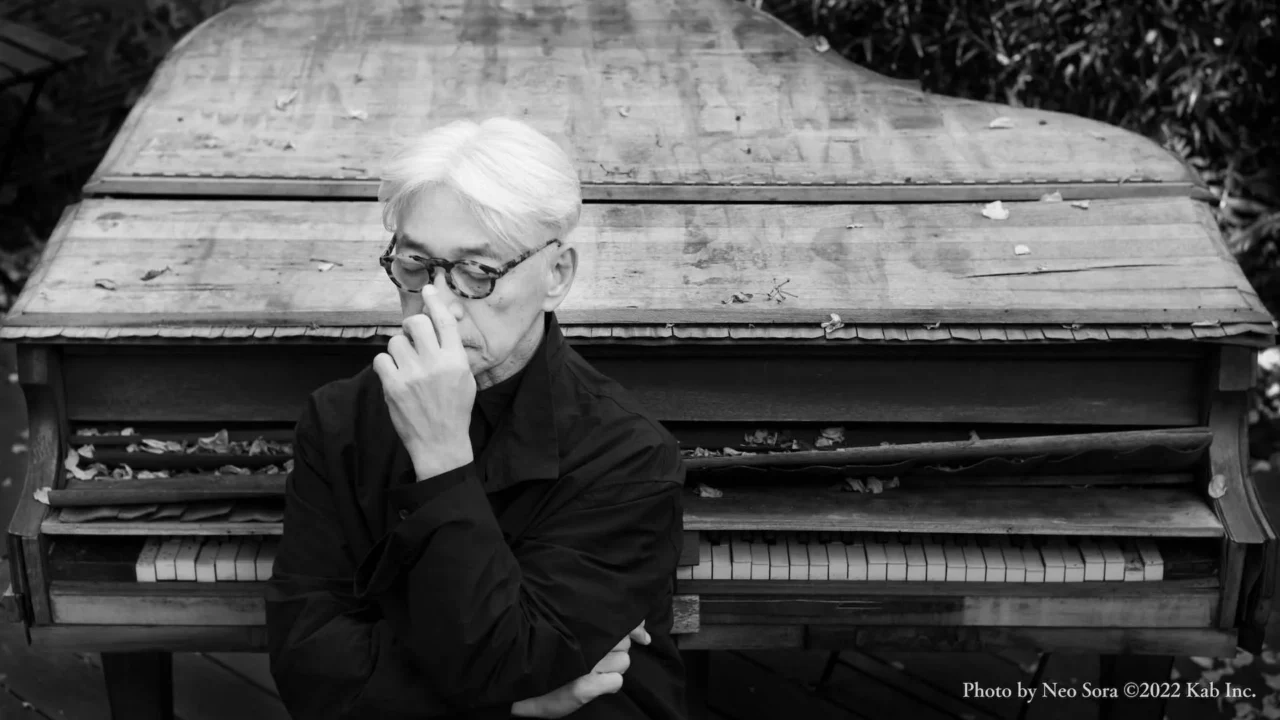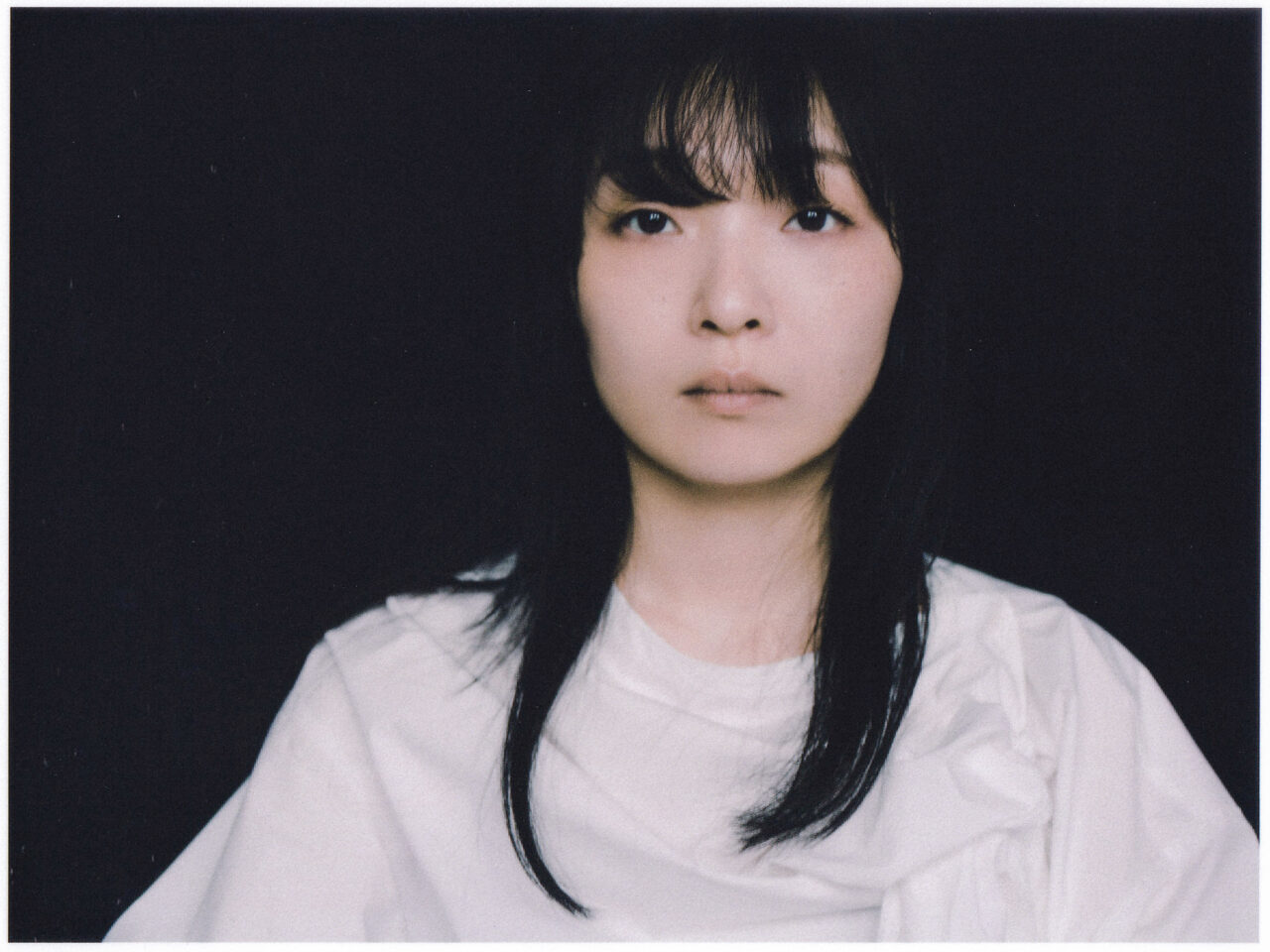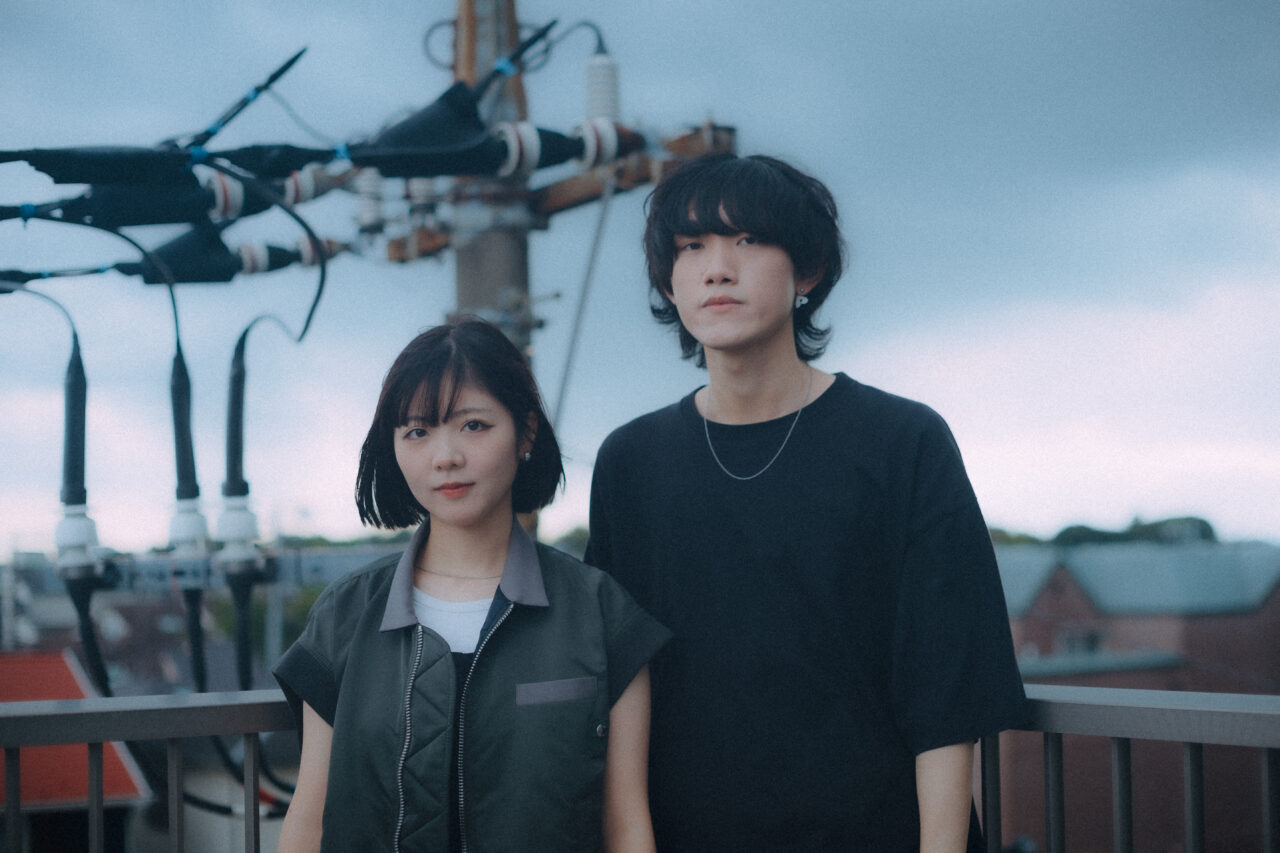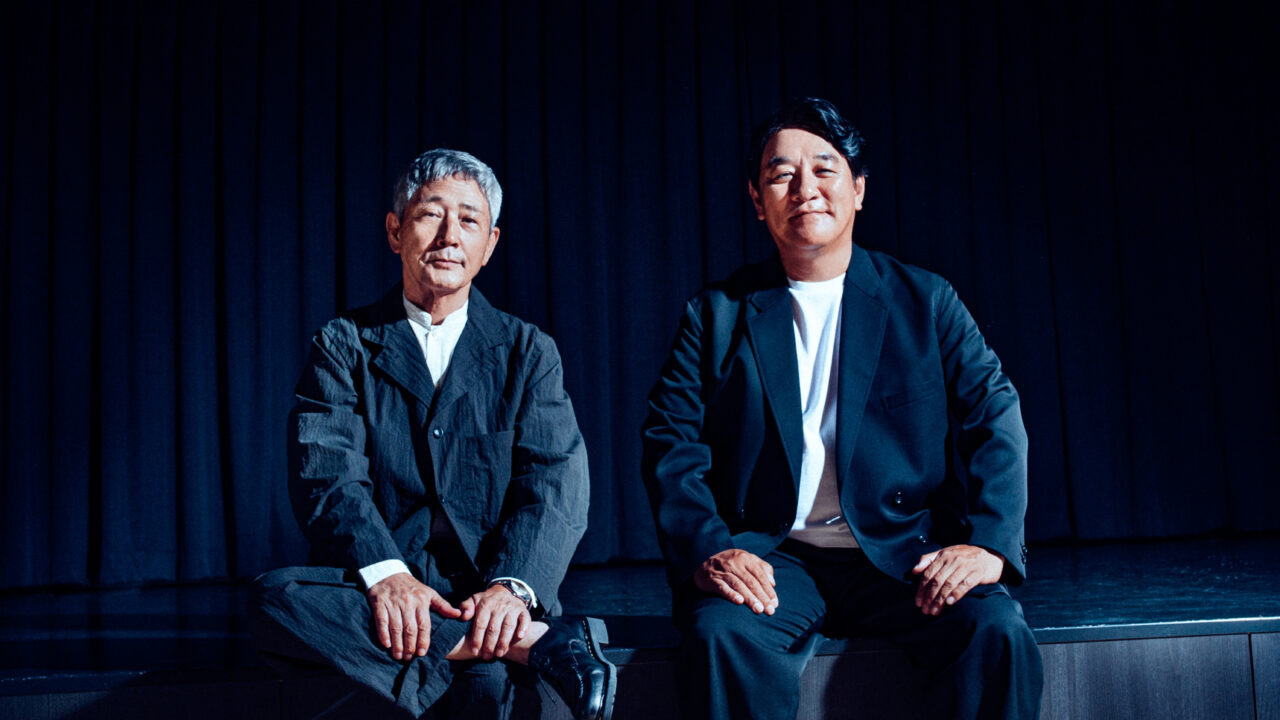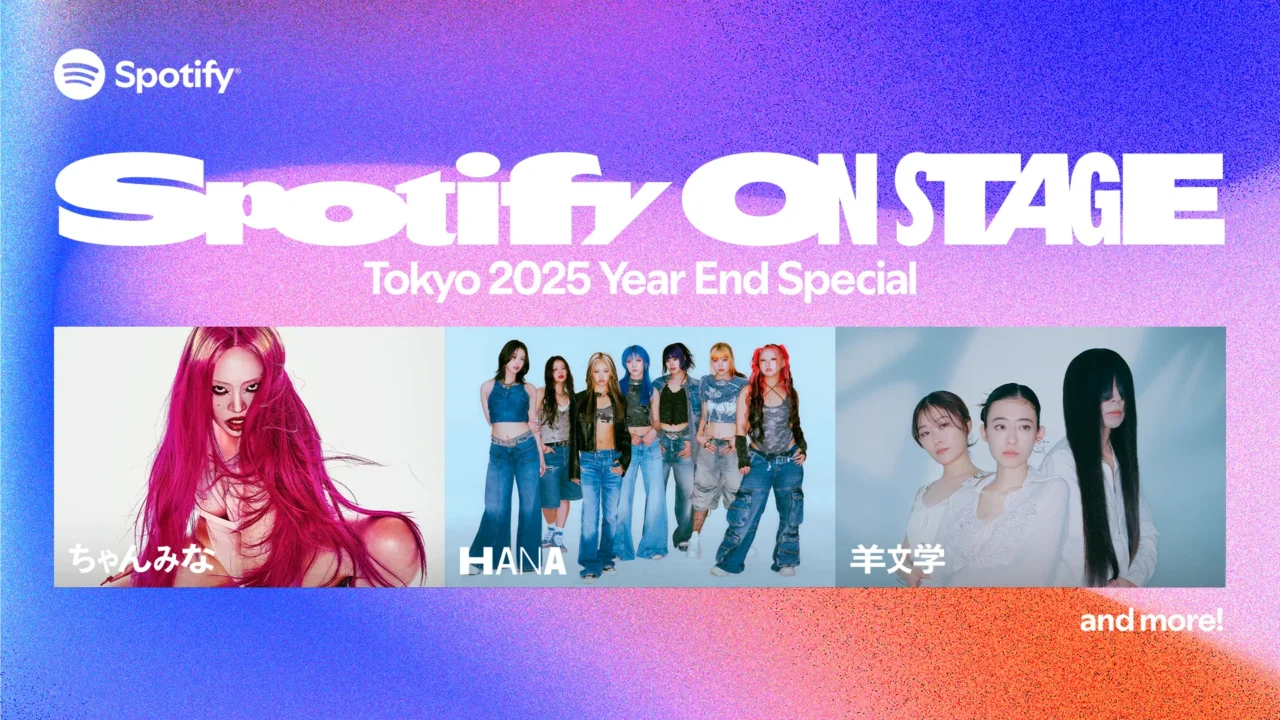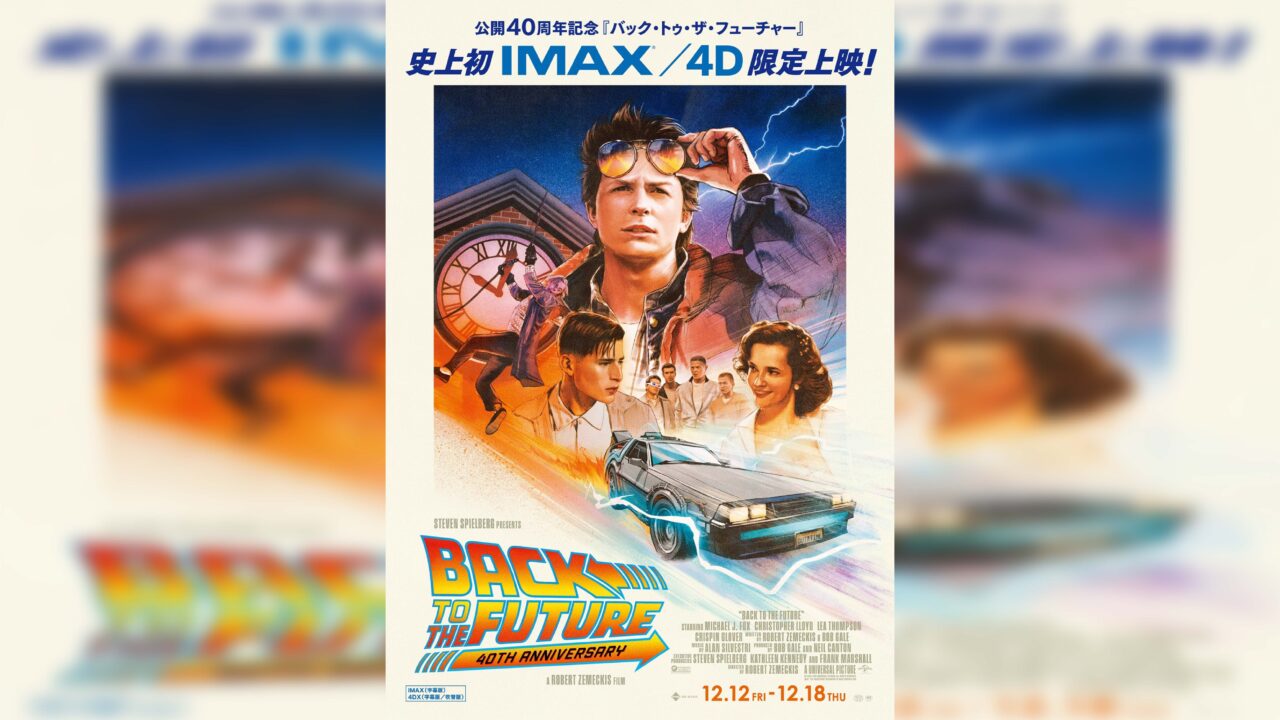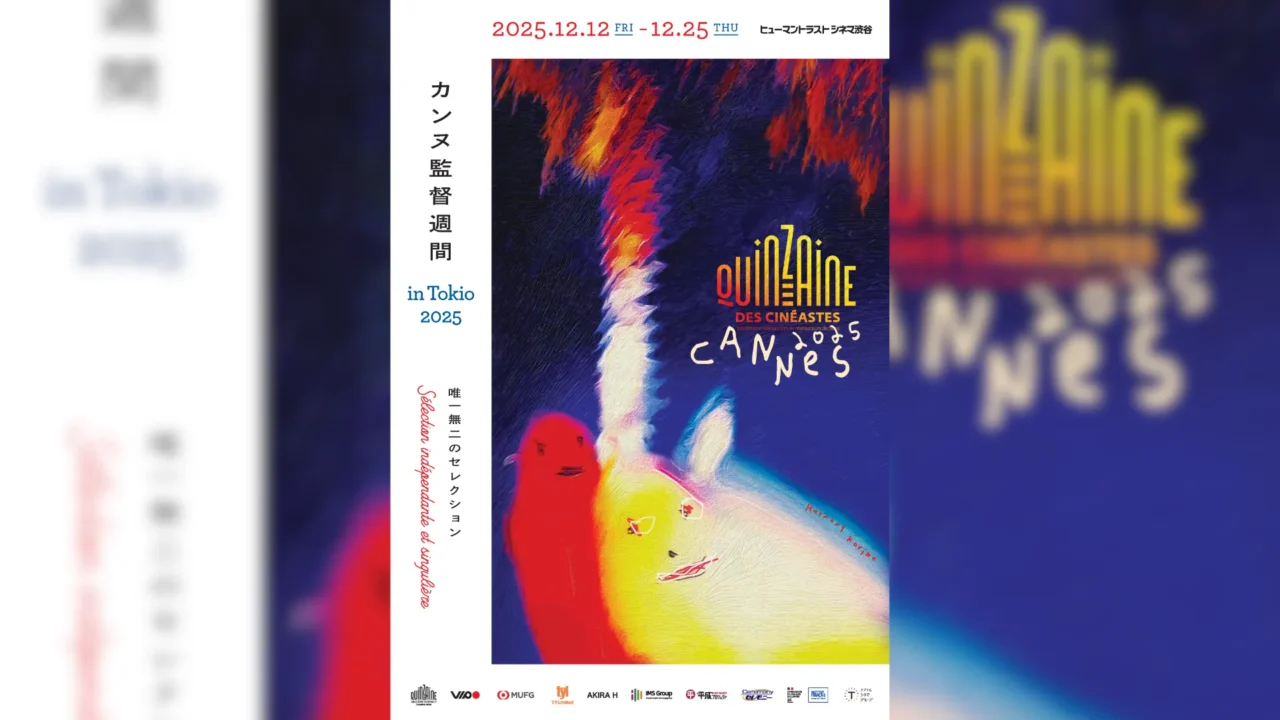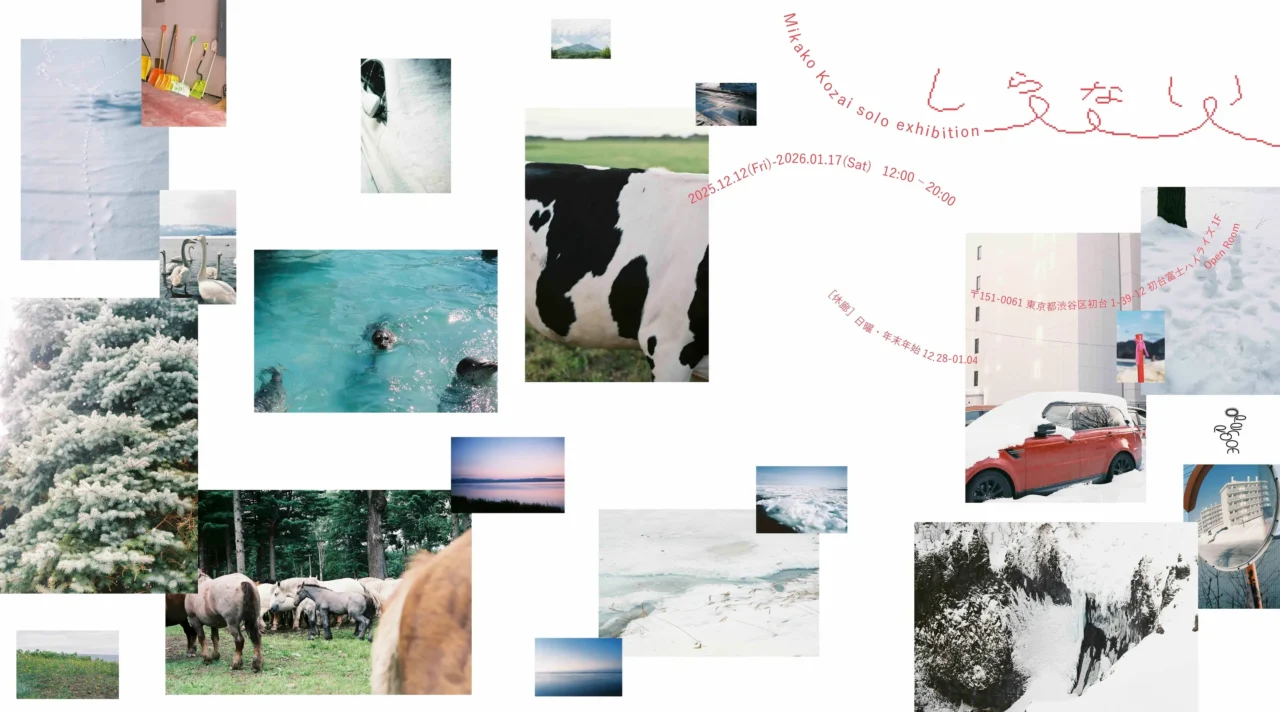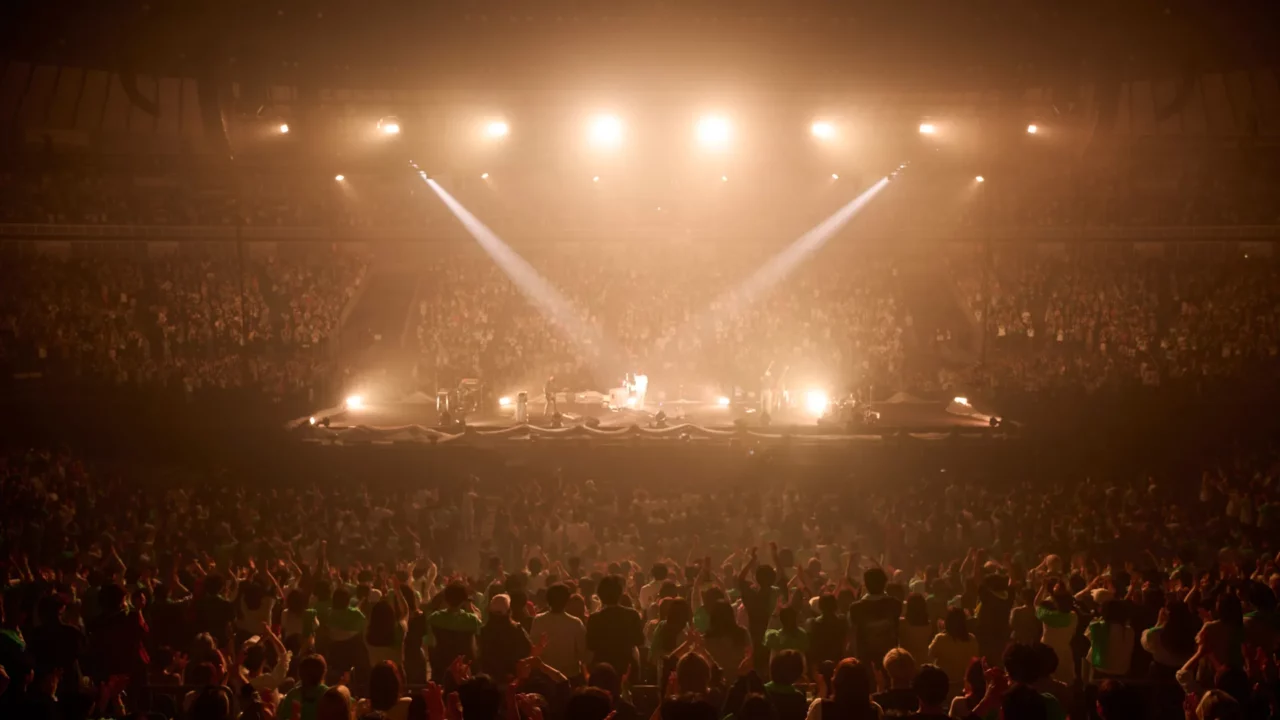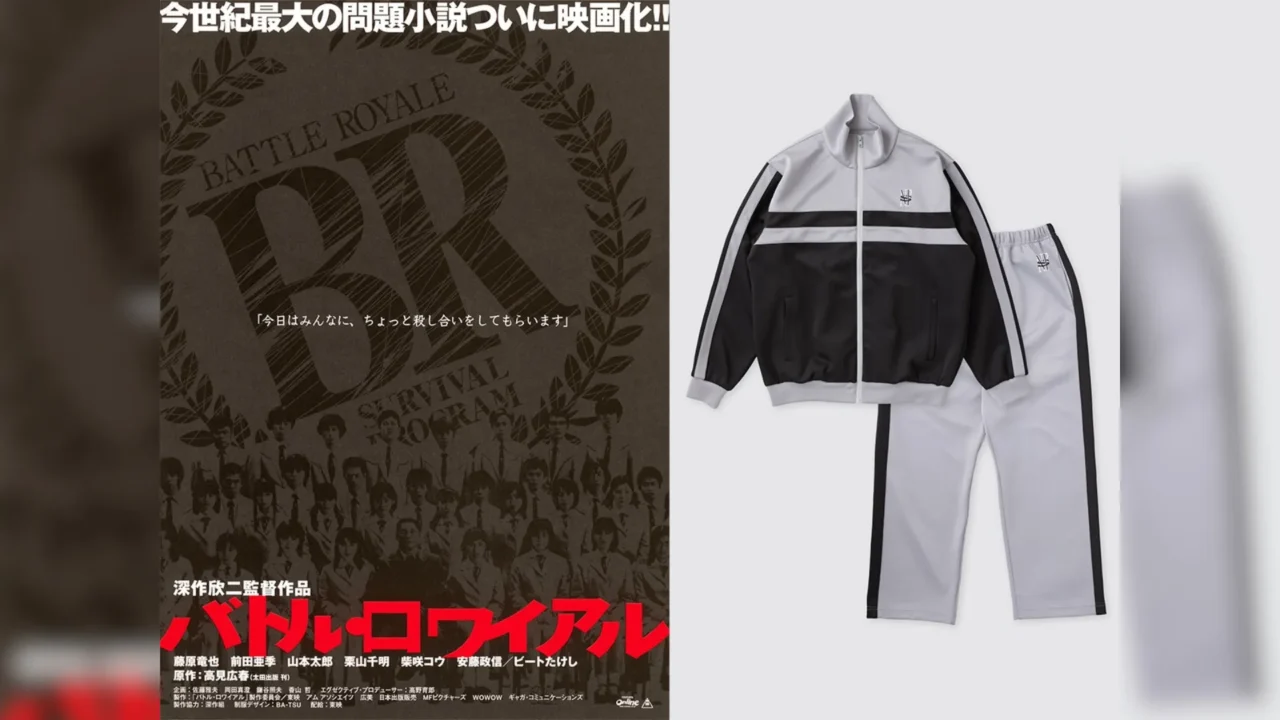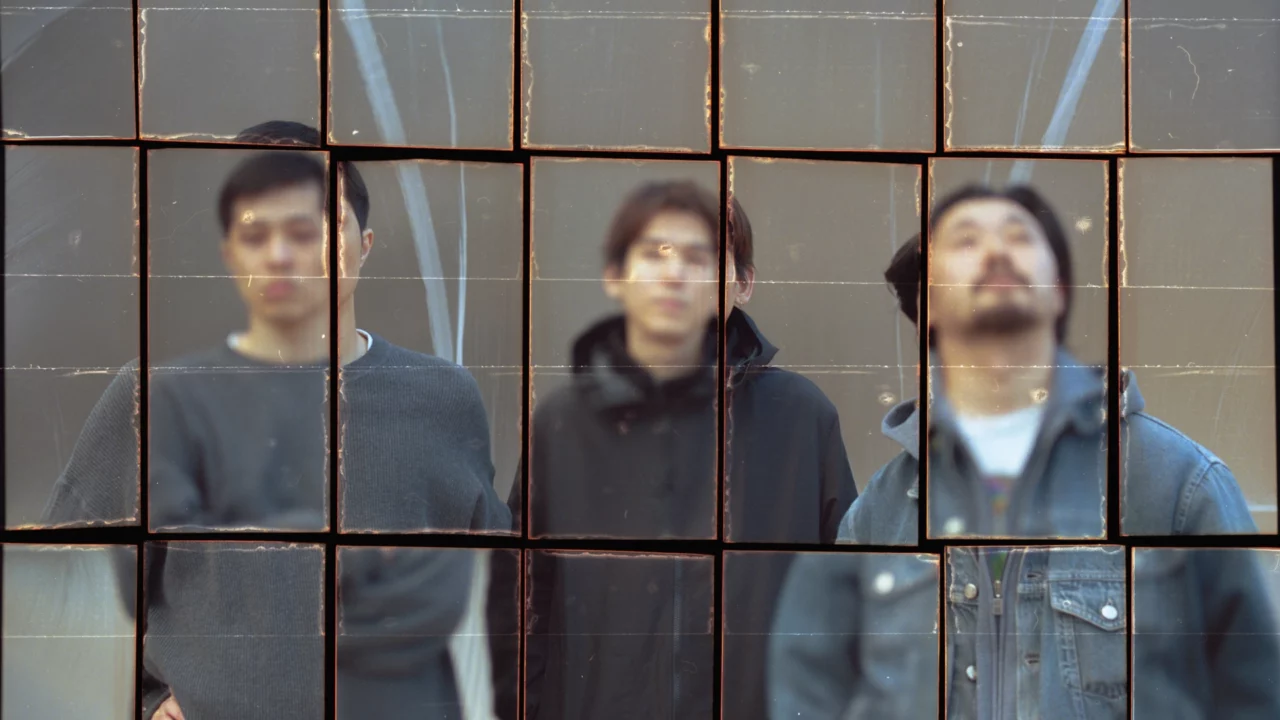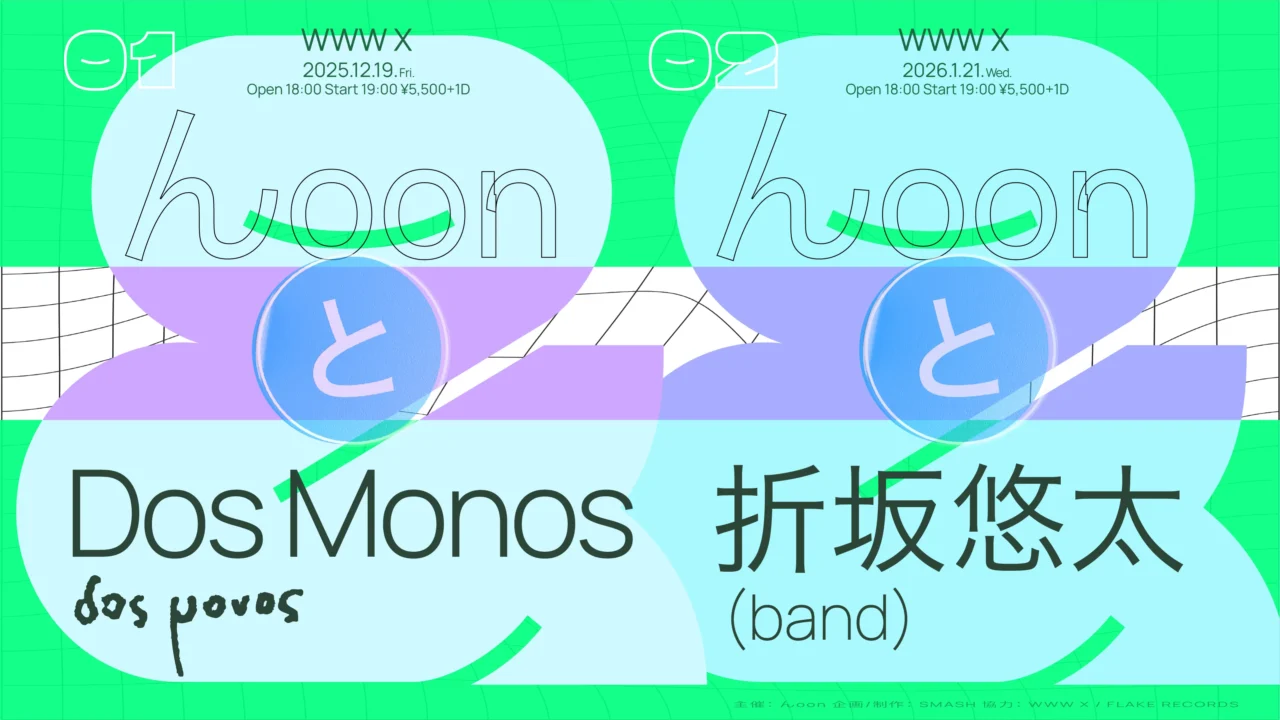INDEX
Differences Between Yura Yura Teikoku and Sakamoto’s Solo Work from Ōne’s Perspective
Looking back, you captured Yura Yura Teikoku’s final live performance at Hibiya Open-Air Concert Hall on April 26, 2009, which was released as the film ”Yura Yura Teikoku 2009.04.26 LIVE @ Hibiya Open-Air Concert Hall,” correct?
Ōne: I discovered Yura Yura Teikoku after their major debut, but when their albums ”Yura Yura Teikoku no Shibire” and ”Yura Yura Teikoku no Memai” (both released in 2003) came out, I truly realized, “Wow, something extraordinary is happening here!” I attended nearly all their live shows in and around Tokyo. Being able to film their final show at Hibiya was a perfect convergence of my passion as a fan and my profession as a director. In my view, Yura Yura’s later work represented the pinnacle of Japanese rock music that I had experienced.
Did you feel a connection between filming the Hibiya Open-Air live and the recent show at New Hakuba?
Ōne: Absolutely, I see those two projects as completely connected. The Hibiya live wasn’t an independent production either, but the budget was pretty limited back then as well [laughs]. How I got involved was pretty spontaneous — about two or three months before the show, I happened to meet Akimasa Yabushita, who was Yura Yura Teikoku’s A&R at the time, while having drinks in Shimokitazawa. They hadn’t chosen a director yet for the filming, so I just volunteered on the spot, saying, “I’m the right person for this!” and that was how it got decided [laughs]. At the time, the plan was only to air a one-hour highlights program on Space Shower TV.
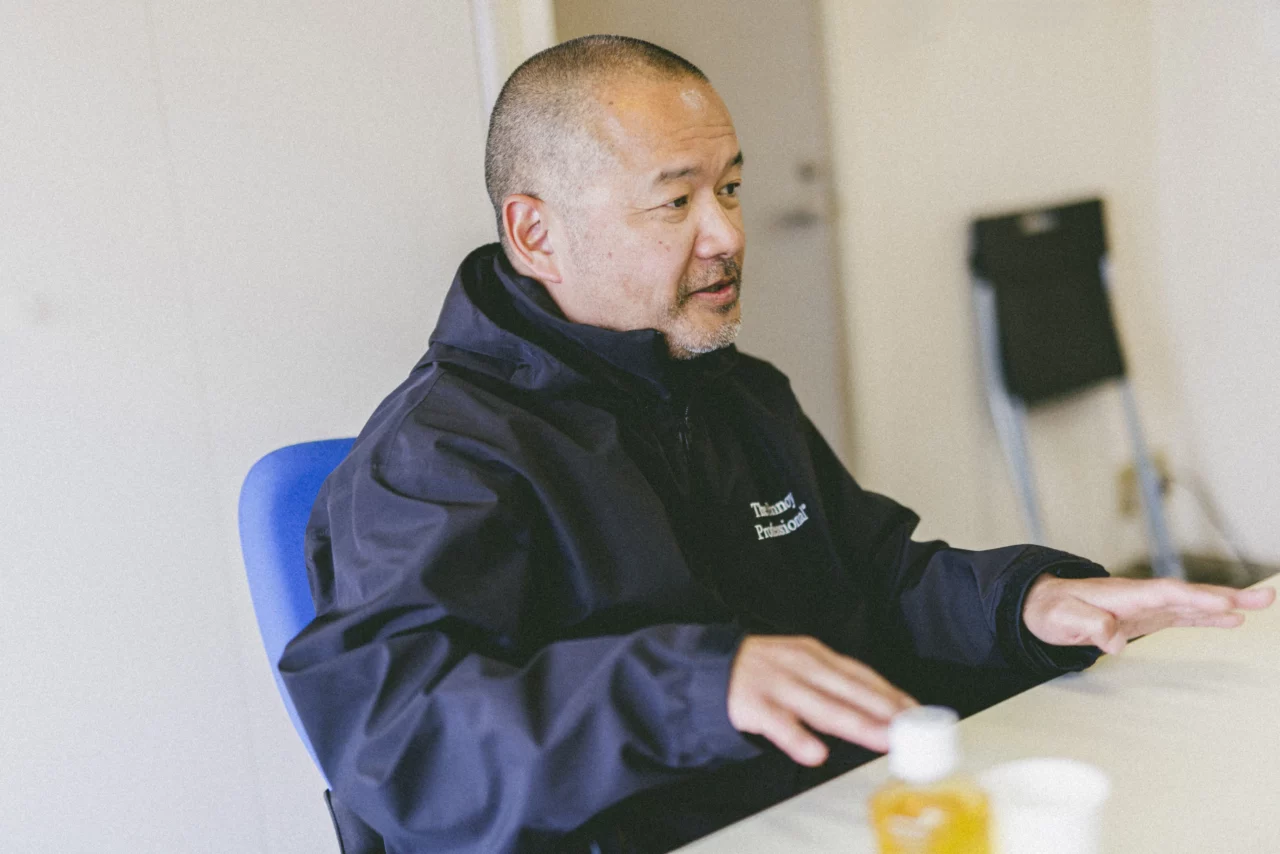
So, it wasn’t originally meant to be released?
Ōne: Exactly. But then, Yura Yura Teikoku disbanded the following year. We shot the Hibiya live with digital cameras, but since the lighting was really dim, we had to push the exposure way up. This made the footage grainy, giving it a look that, while digital, felt like old film.
That was the only full live recording of Yura Yura Teikoku I ever did. Maybe Sakamoto saw that and thought this kind of footage was worth keeping. I also believe that Sakamoto’s reluctance toward live videos comes from thinking the bright, crisp quality of modern digital doesn’t really match their live vibe.
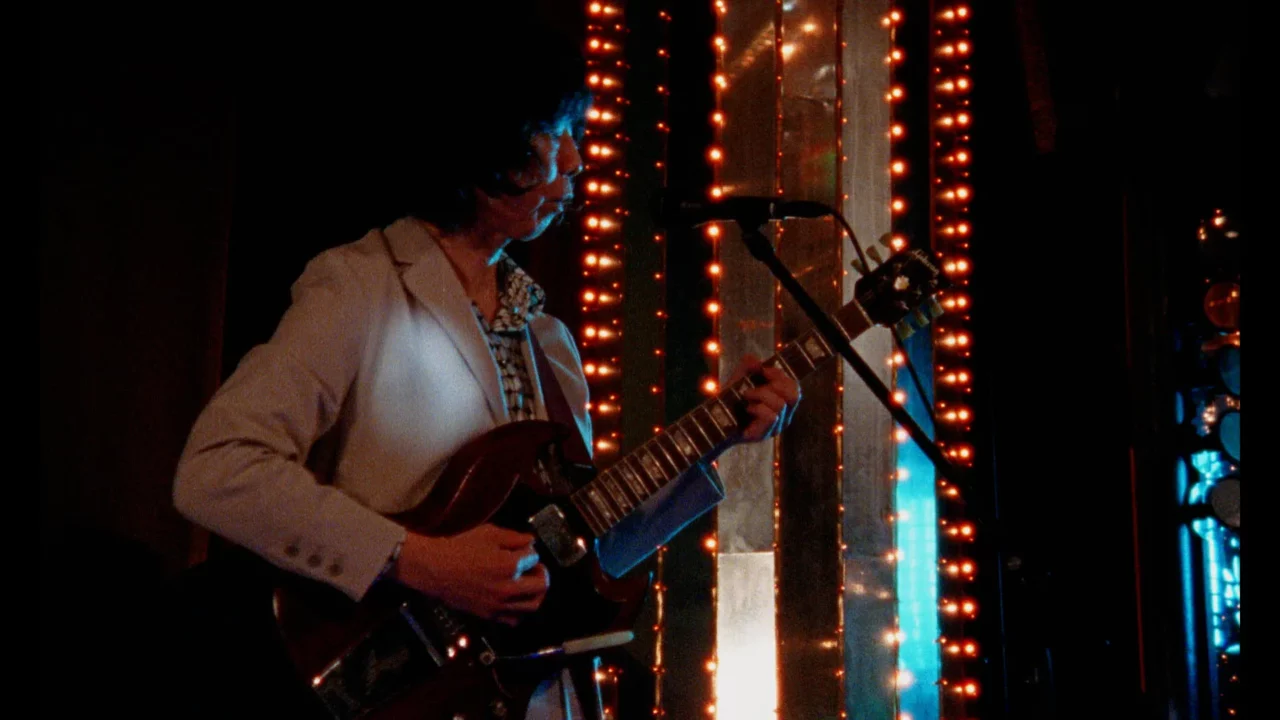
I really understand that feeling.
Ōne: While my main work has been shooting films and dramas, and I have affection for all of them, if asked about my personal best, I would say it’s Yura Yura Teikoku 2009.04.26 LIVE @ Hibiya Open-Air Concert Hall. To me, it’s a perfect work. Especially the filming and editing of the song “Nai!!” is something I believe I could never recreate again, it’s the ultimate form. I thought I would never surpass that, but with the recent live footage at Cabaret New Hakuba, I feel like I either surpassed it or at least matched it. I think my best work has been updated.
By the way, from your perspective, what are the differences between Yura Yura Teikoku and Shintaro Sakamoto’s solo live performances?
Ōne: I think they are completely different. Not in a negative way, but simply the volume became smaller after going solo. The later Yura Yura Teikoku shows had a unique tension between the stage and the audience. There was excitement, but the crowd wasn’t just “woo!” — it was more intense, a sharp atmosphere. Especially after the release of Kūdō desu (2007), the audience seemed like they were on guard, as if thinking, “What’s next? What will happen? What kind of arrangement will come? I’m not going to miss a single moment!” I felt that tension myself too [laughs].
Ōne: Since Sakamoto went solo, the live shows seem to have a looser connection between the stage and the audience. I recall reading an interview where he mentioned that it’s okay if people chat quietly in the back during the performance, and that he wants the band to feel more like a casual backing group. Also, the music has grown into a mature, adult form of rock that suits his age.
Are there any aspects that remain consistent between the two?
Ōne: While I always saw Yura Yura Teikoku in their later years as the ultimate rock band, Sakamoto’s solo project has developed into something truly one-of-a-kind. You won’t find another band like it anywhere in the world. Being able to witness the Shintaro Sakamoto Band in this era is a real privilege, and I feel incredibly fortunate.




